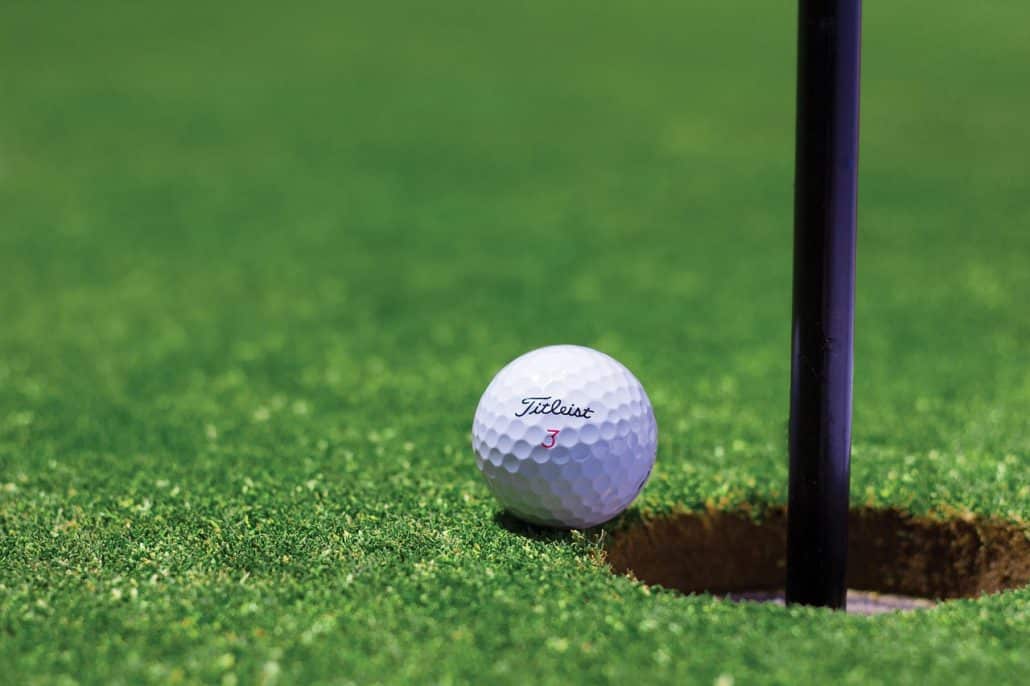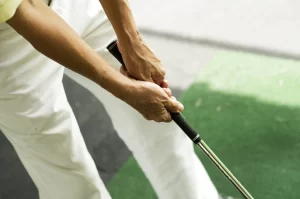
Understanding Shaft Tip Stiffness
Shaft tip stiffness refers to the rigidity of the section closest to the club head. This is a pivotal factor in determining how a golf club performs during a swing. The stiffness of the shaft tip can significantly influence the launch angle, spin rate, and overall trajectory of your golf ball.
The Basics of Shaft Flex
Before delving into shaft tip stiffness, it is important to understand the broader context of shaft flex. Golf shafts come in various flex ratings, typically including extra stiff (X), stiff (S), regular (R), senior (A), and ladies (L). Shaft flex refers to the amount of bend or flex the shaft exhibits when you swing. It is usually dictated by your swing speed.
How Shaft Flex Relates to Tip Stiffness
While shaft flex is a generalized term for the entire shaft, tip stiffness concentrates on the properties of the shaft’s distal segment. Tip stiffness can vary independently of the overall shaft flex. For instance, you might have a regular flex shaft with a stiff tip, or a stiff flex shaft with a more flexible tip. This characteristic allows customization that supports diverse swing styles and player needs.
The Physics of Shaft Tip Stiffness
The way in which shaft tip stiffness affects your golf shot is largely rooted in physics. When you swing a club, energy is transferred from your body through the shaft to the ball. The stiffness of the shaft tip affects how energy is transmitted and dissipated during the swing and at impact.
Impact on Energy Transfer
A stiffer tip translates to a more direct transfer of energy. This often results in a lower launch angle, and potentially lower spin, leading to different ball flight characteristics. Analyzing these characteristics can help you determine whether a stiffer or more flexible tip is beneficial for your game.
Ball Trajectory and Shot Shape
Altering the stiffness at the tip of your golf shaft can influence both the trajectory and the shot shape—factors crucial for achieving the desired outcomes in various golfing scenarios. A more tip-stiff shaft tends to create a lower ball flight, which might be advantageous in windy conditions or for players aiming to maximize roll on the fairway.
Correlation with Swing Speed
One fundamental factor in determining the appropriate tip stiffness is your swing speed. Higher swing speeds often benefit from stiffer tips to manage the energy transfer more efficiently, whereas golfers with slower swing speeds might fare better with more flexible shafts to maximize energy utilization.
Matching Tip Stiffness to Swing Speed
Understanding your swing speed is essential for selecting the right stiffness. Club fitting sessions can evaluate your swing mechanics and provide data-driven recommendations on the optimal tip stiffness.
| Swing Speed (mph) | Recommended Tip Stiffness |
|---|---|
| Below 85 mph | More Flexible Shaft Tips |
| 85-100 mph | Medium Stiffness Shaft Tips |
| Above 100 mph | Stiffer Shaft Tips |
Adapting to Playing Conditions
Aside from your swing characteristics, adapting shaft tip stiffness to match varying playing conditions can be incredibly strategic.
Windy Conditions
In windy conditions, a stiffer shaft tip can produce lower ball trajectories that are less susceptible to wind interference. This adaptation can improve accuracy and distance control, critical factors for competitions and challenging golf courses.
Soft Turf Conditions
Conversely, when playing on softer turf, a more flexible tip can be advantageous. It can help create higher launch angles and increased spin, which might result in shots that hold onto softer greens more effectively.
The Role of Personal Preference
While technical analysis offers a strong foundation for shaft selection, personal feel and comfort with the equipment should not be overlooked. Many professional and amateur golfers attest to the importance of how the club feels in their hands.
Feeling vs. Data
While launch monitors and fitting tools provide essential quantitative data, the subjective feel plays a substantial role in confidence and consistency. Therefore, finding a balance between data-driven decisions and personal preferences is key in choosing the right shaft tip stiffness.
Influence on Distance Control
Distance control is a critical component of effective golf play. The stiffness of your shaft tip affects not just trajectory but also the predictability of distance.
Consistency and Precision
Golfers often find that a well-matched stiffness leads to enhanced consistency and precision. This predictability allows you to better gauge distances and improves accuracy on the golf course.
Mis-Hits and Forgiveness
Tip stiffness can also affect how the club responds to off-center hits. Generally, more flexible tips may offer greater forgiveness on mis-hits whereas stiffer tips provide more feedback and control for precise strikes.

Custom Fitting and Shaft Selection
Custom fitting sessions provide invaluable insight into the interaction between golfer mechanics and equipment specifications, allowing you to make well-informed decisions about tip stiffness.
The Process of Club Fitting
During a club fitting session, experts will analyze your swing speed, launch conditions, and spin rates to suggest shaft options that align with your performance goals. This often includes a deep dive into shaft tip stiffness tailored to your unique playing style.
Conclusion: The Optimal Shaft Tip for Your Game
Selecting the correct shaft tip stiffness is a crucial component of your equipment setup that significantly influences ball trajectory and performance on the course. By understanding the physics, correlations, and personal factors that affect tip stiffness, you can make an educated decision that enhances your playing experience. A strategic choice, reflective of data as well as personal feel, ensures that your equipment supports your best performance and helps you achieve your golfing objectives.








